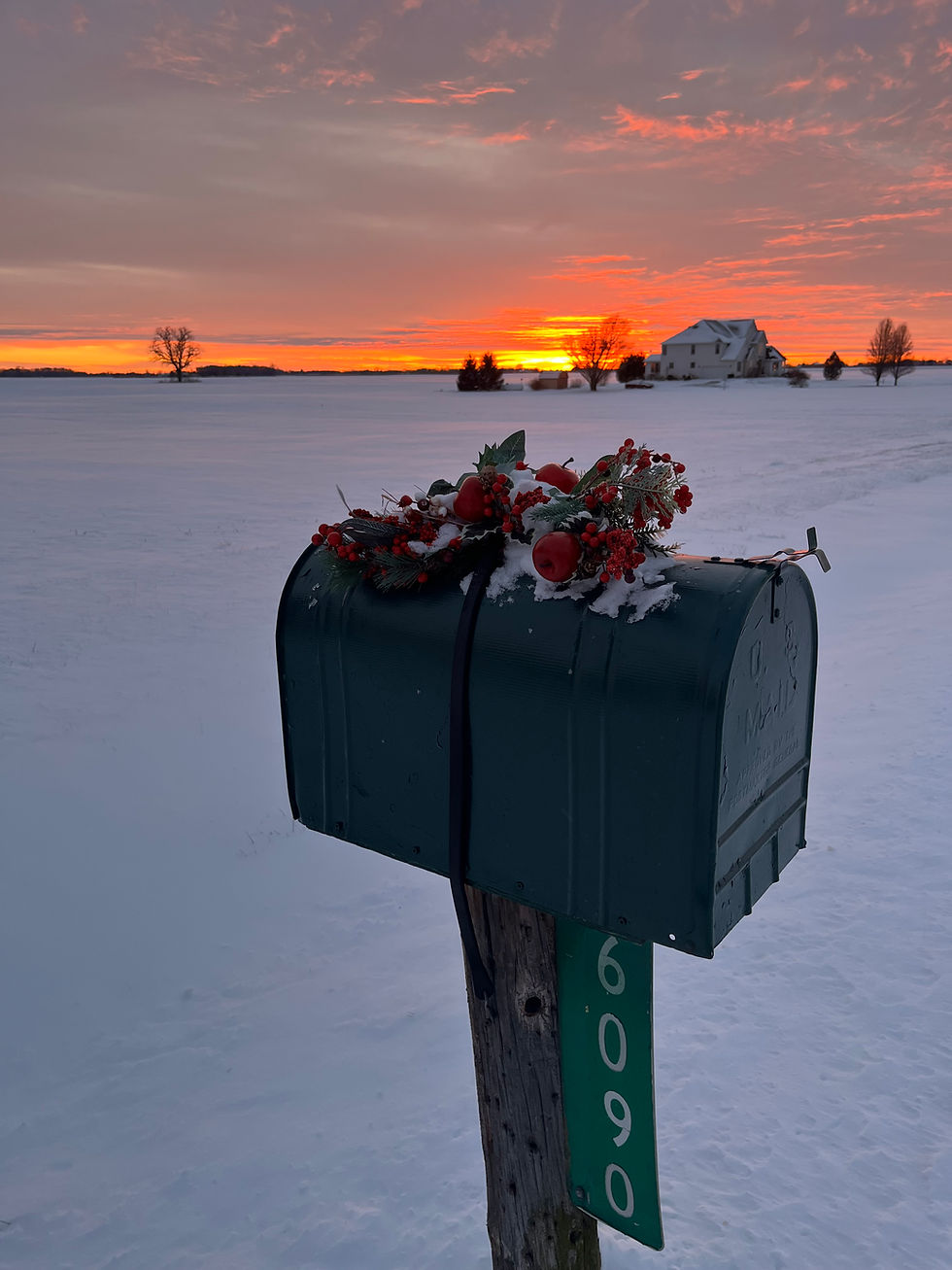Astrology/Astronomy and the Solar Eclipse
- mrymntcpw
- Apr 7, 2024
- 3 min read
Updated: Jul 8, 2025
If cloud cover permits, on April 8, 2024, residents living at 6090 Junk Road, Mount Sterling, Ohio will be able to see a 99.7% solar eclipse, an opportunity that will not happen again until August 23, 2044. The eclipse will begin at approximately 2:00 pm; be at half eclipse at 2:39; and be at full eclipse at 3:12 pm for a duration of four minutes.

Most of us stargazers are amazed at the movement of celestial bodies and ponder our relationship to them. Our knowledge of astronomy is rudimentary, and from time-to-time we may have dabbled with astrology, but tomorrow’s solar eclipse has refreshed our curiosity with both.
While surfing the web, I found the following information that is pertinent to tomorrow’s solar eclipse.
The first objective evidence of systematic astrological study comes from the ancient Egyptian and Babylonian civilizations. The evidence demonstrates a long-standing need to understand how human society relates to the universe.
The Babylonians created the zodiac wheel. The horoscope recognized how the planets were relevant to the zodiac signs.

To understand their method, imagine a straight line drawn from Earth through the Sun and out into space way beyond our solar system where the stars are. Then, picture Earth following its orbit around the Sun. This imaginary line would rotate, pointing to different stars throughout one complete trip around the Sun — or, one year. All the stars that lie close to the imaginary flat disk swept out by this imaginary line are said to be in the zodiac. The constellations in the zodiac are simply the constellations that this imaginary straight line points to in its year-long journey.

For centuries, astrology (looking for signs based on the movement of the celestial bodies) was considered basically the same thing as astronomy (the scientific study of those objects). For example, revolutionary 17th-century astronomer, Johannes Kepler, who studied the motion of the planets, was at the time considered an astrologer. That changed around the beginning of the Enlightenment in the late 17th century.
It is clear ancient people before Kepler could predict timings for lunar eclipses and partial solar eclipses, but there is no convincing evidence of people predicting the times and locations of total solar eclipses.
Entering the modern era of science, the first true prediction of a total solar eclipse (both in time and location) occurred in 1715. Edmond Halley (of comet fame) correctly predicted, to within four minutes and 20 miles, a total solar eclipse that rather conveniently passed over his own house in London. He did this by making full use of Isaac Newton’s new theories of gravity and orbital mechanics: the Principia.

Today, we don’t rely on calculating the orbits of the whole Solar System to predict eclipses. Instead, NASA uses a highly advanced form of an ancient technique – pattern recognition. Using some 38,000 repeating mathematical terms, NASA can predict both solar and lunar eclipses for 1,000 years into the future. Beyond that, the Moon’s wobble and Earth’s changing rotation make eclipse prediction less accurate.
In summary, a solar eclipse happens when, at just the right moment, the Moon passes between the Sun and Earth. As the Moon blocks the Sun’s light, it casts a shadow on part of the Earth.
The Moon’s shadow creates a trail as Earth rotates. This trail is called the path of totality.
If you want to experience total darkness during an eclipse, you have to be in the path of totality.
As for tomorrow's horoscope, for this Libra, I will allow the Sun, Moon, and Stars to align as they will without being influenced by my position to them. While looking at the near total eclipse, I will pretend that I am at the center of the universe.

CPW




Comments